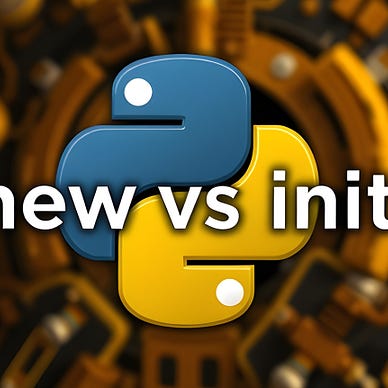Unleashing the Power of Distributed Computing

In an era where data is king and computational power is a prized asset, distributed computing stands at the forefront of technological innovation. By leveraging the combined power of multiple computers across various locations, distributed computing enables efficient problem-solving and data handling at an unprecedented scale.
But what exactly is distributed computing? How does it work and why is it so pivotal to the future of technology?
In this article, we’ll explore the basics of distributed computing, its benefits and the challenges it presents. Whether you’re a tech enthusiast or simply curious, discover how distributed computing is shaping our digital future.
Distributed computing
Distributed computing involves breaking down large, complex tasks into smaller, manageable ones, then distributing these tasks across multiple computers or nodes and finally combining the results to achieve a final outcome.
This approach leverages the collective processing power and resources of many machines (nodes), often connected over a network (cluster), to handle workloads that would be impractical or impossible for a single computer to manage.
Nodes and Clusters:
Nodes:
These are individual computers in a distributed system.
Clusters:
A group of nodes working together is called a cluster.

Characteristics
- Multiple Nodes: In a distributed system, tasks are distributed across multiple independent computers (nodes) which work together as a single system (cluster).
- Concurrency (Parallel Processing): Distributed systems allow multiple tasks to run concurrently, potentially improving efficiency and performance.
- Scalability: Such systems can be easily scaled by adding more nodes to handle increased workloads.
- Fault Tolerance: Distributed systems are designed to continue functioning even if one or more nodes fail.
- Geographical Distribution: Nodes can be spread across different locations, providing resilience and accessibility.
- Redundancy: Data and services are often replicated across multiple nodes to ensure availability and reliability.
- Load Balancing: This is to evenly distribute the work among nodes so that no single node is overwhelmed or idle.
Why is Distributed Computing Essential in Data Engineering?
- Handling Big Data: Distributed computing makes it possible to process and analyze vast amounts of data (Big Data) efficiently.
- Speed and Efficiency: By dividing tasks, you can process data faster than a single machine could.
- Reliability: If one node fails, others can pick up the slack, making the system more reliable.
- Scalability: Easily scalable to accommodate growing demands.
Challenges
- Complexity: Designing and managing a distributed system can be complex.
- Security: Ensuring secure communication and data integrity across multiple nodes is challenging.
- Latency: Network latency can affect the performance of distributed systems, particularly over long distances.
Examples and Applications
- Cloud Computing: Services like Amazon Web Services (AWS), Google Cloud Platform (GCP), and Microsoft Azure provide distributed computing resources over the internet.
- Grid Computing: A type of distributed computing where resources are pooled from various locations to work on large-scale tasks, like scientific research.
- Distributed Databases: Databases like Cassandra, Google’s Bigtable, Amazon’s DynamoDB and MongoDB distribute data across multiple servers to improve performance and reliability.
- Peer-to-Peer Networks: Systems like BitTorrent and blockchain networks where each node participates in both providing and consuming resources.
- Big Data Processing: Frameworks like Apache Hadoop and Apache Spark enable the processing of massive datasets by distributing tasks across a cluster of nodes.

Conclusion:
Distributed computing has transformed the landscape of modern technology, offering unparalleled efficiency, scalability, and reliability. By leveraging the collective power of multiple machines, distributed systems can handle tasks that would overwhelm a single computer.
As we continue to generate and rely on increasing amounts of data, the importance of distributed computing will only grow, driving innovation and enabling new possibilities in how we process and utilize information. Embracing this technology is essential for anyone looking to stay ahead in the ever-evolving digital world.
Final Words:
Thank you for taking the time to read my article.
This article was first published on medium by CyCoderX.
Hey There! I’m CyCoderX, a data engineer who loves crafting end-to-end solutions. I write articles about Python, SQL, AI, Data Engineering, lifestyle and more!
Join me as we explore the exciting world of tech, data and beyond!
For similar articles and updates, feel free to explore my Medium profile:
If you enjoyed this article, consider following for future updates.
Interested in Python content and tips? Click here to check out my list on Medium.
Interested in more SQL, Databases and Data Engineering content? Click here to find out more!
What did you think about this article? Let me know in the comments below … or above, depending on your device! 🙃



